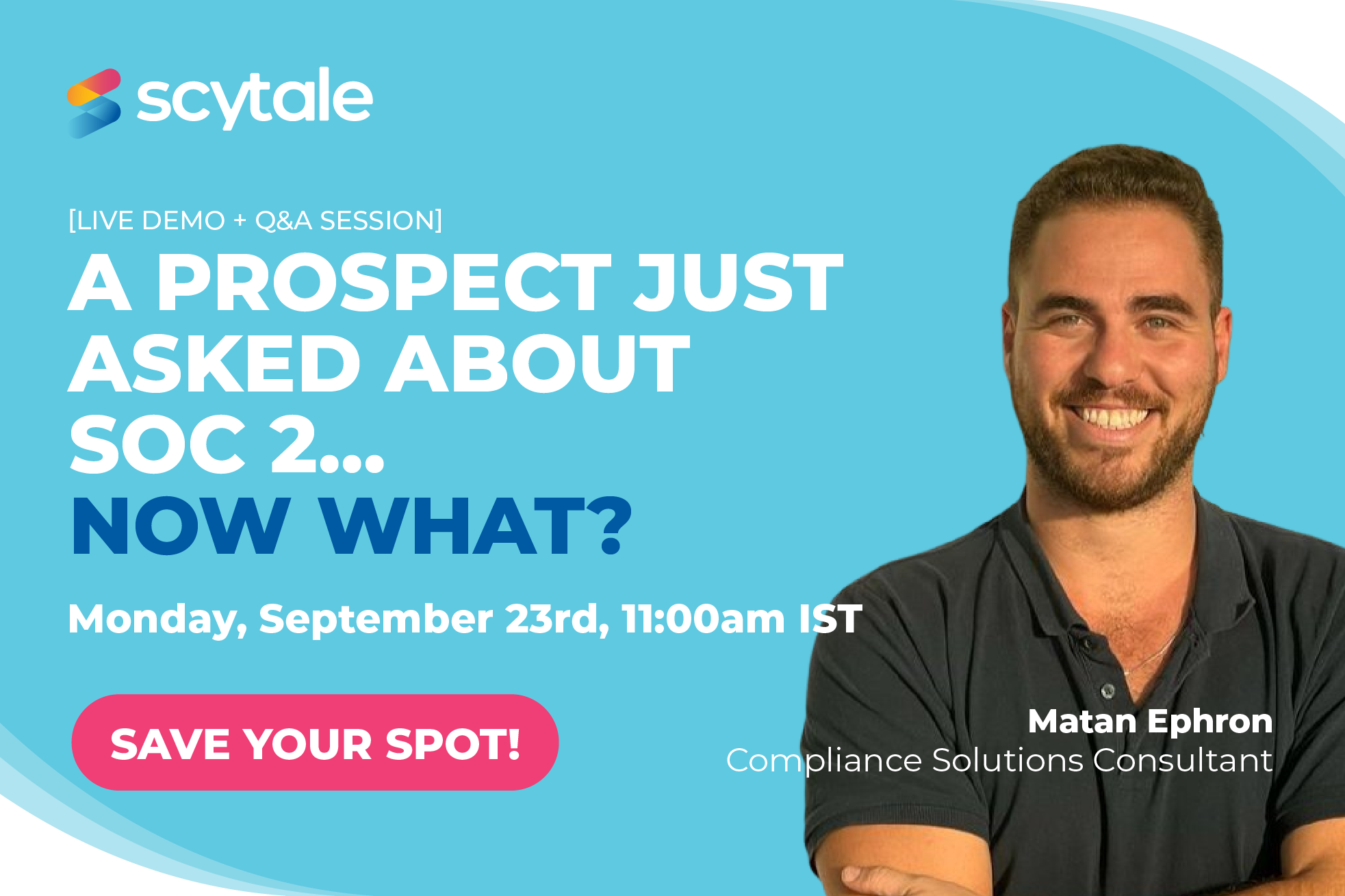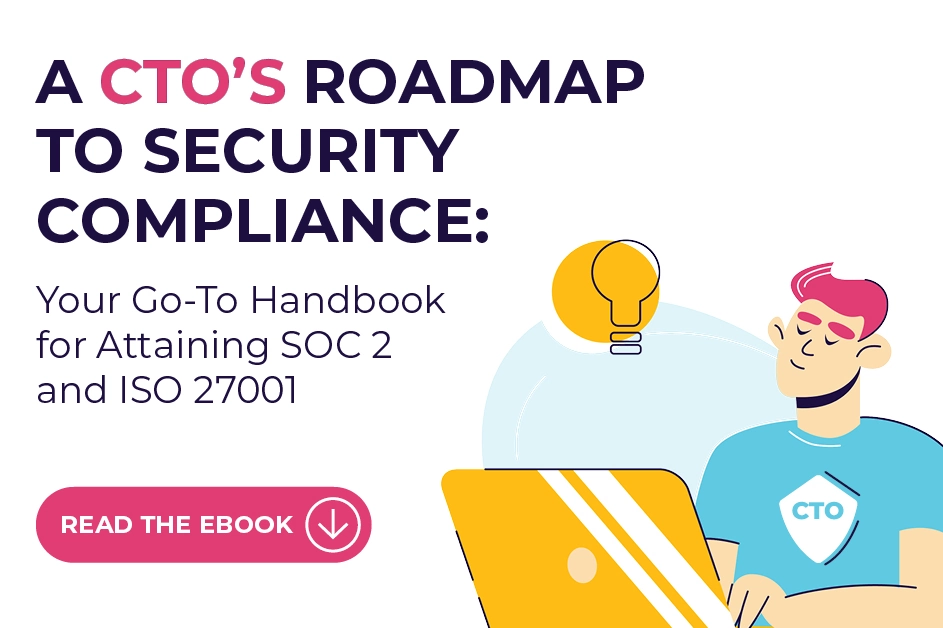Automating vendor risk management (VRM) isn’t just a buzzword. It’s a game-changer for businesses like yours navigating the complexities of third-party relationships. If you’re still relying on manual processes for managing vendor risks, let me share how automating vendor risk management can really transform your workflow. At Scytale, we’ve seen firsthand how automated vendor risk assessment and third-party risk management automation can make a world of difference.
Why Automate Vendor Risk Management?
Managing vendor risks used to involve a lot of manual effort—think spreadsheets, endless emails, and paperwork galore. Not only is this approach time-consuming and prone to errors, but as your vendor network grows, it quickly becomes unmanageable. This is where automating vendor risk management comes into play.
Imagine you’re dealing with nearly 300 SaaS applications (the average for many organizations today). Manually tracking and managing risks across such a vast network is nearly impossible. Automation steps in to streamline these processes, continuously monitoring and addressing risks before they become serious issues. It’s like having a super-efficient team member who never sleeps!
Benefits of Automated Vendor Risk Assessment
Let’s dive into the perks of automated vendor risk assessment:
1. Scalability
Automation is a game-changer when it comes to handling a large volume of vendors. Whether you’re managing a handful or thousands, third-party risk management automation makes it all manageable. With automation, you can efficiently onboard and assess vendors without putting a strain on your team. It’s like having a high-powered tool that scales with your business needs.
2. Efficiency
Picture this: you’re no longer bogged down with repetitive tasks like sending out and following up on questionnaires. Tools like Scytale’s Vendor Risk Management can automate these processes based on vendor risk tiers. This means your team can focus on the high-risk areas that really matter, leaving the repetitive stuff to the machines.
3. Real-Time Monitoring
With automated VRM solutions, you get real-time insights into your vendors’ security postures. This means any changes that could impact risk levels are flagged immediately, allowing you to take action before issues escalate. It’s proactive risk management at its finest.
4. Enhanced Collaboration
VRM tools make communication between your organization and vendors a breeze. By centralizing risk-related information, these tools ensure that everyone is on the same page. It reduces the chance of miscommunication and enhances the overall vendor management process. Think of it as a collaboration hub that keeps all your vendor interactions seamless.
GET COMPLIANT 90% FASTER WITH AUTOMATION
Key Steps to Automate Vendor Risk Management
Here’s how to get started with automating vendor risk management:
1. Develop a Scalable Risk Assessment Workflow
- Tier vendors: Start by categorizing your vendors based on risk and importance. This helps you prioritize high-risk vendors for thorough evaluations and streamline processes for lower-risk ones. It’s all about working smarter, not harder.
- Standardized questionnaires: Create standardized questionnaires for common vendor types. This way, automated systems can pull from a repository of previous assessments, avoiding the redundancy of repeated questions. It saves time and keeps things consistent.
2. Implement Compliance Automation Tools
Integrate compliance automation tools into your VRM process to maintain regulatory standards effortlessly. These tools handle compliance assessments, track regulatory changes, and flag any issues. It ensures your vendors are always adhering to security protocols and data protection laws, keeping you in good standing.
3. Utilize VRM Tools for Continuous Monitoring
- Risk scoring: Automated tools calculate risk scores based on predefined criteria, giving you a standardized view of each vendor’s risk level. It simplifies risk management and helps you focus on the most critical areas.
- Ongoing monitoring: Continuous monitoring tools detect changes in vendor risk levels in real time. This enables you to adapt your risk management strategies promptly and stay ahead of potential problems.
- Automated remediation: Integrating VRM tools with ticketing systems helps track and resolve identified risks efficiently. It ensures that remediation efforts are timely and effective, keeping your risk management on point.
4. Foster a Culture of Collaboration
Finally, don’t forget the importance of collaboration. VRM automation works best when there’s strong communication between internal teams and vendors. Use platforms that support easy information sharing and build solid relationships with your vendors. A collaborative environment not only improves risk management but also strengthens vendor partnerships.
Conclusion
At Scytale, we’ve seen how automating vendor risk management can revolutionize the way businesses handle third-party risks. By embracing automated vendor risk assessment, leveraging third-party risk management automation, and utilizing dedicated VRM tools, you can streamline your workflows, boost efficiency, and minimize exposure to risks.
As vendor landscapes continue to evolve, adopting automation in your VRM strategy will not only protect your operations but also free up your team to focus on strategic initiatives that drive growth. If you’re still using manual methods, now’s the time to explore how automation can transform your vendor risk management experience. Trust me, your future self will thank you!










